Archives
Happy Plumbers + Great Service = Happy Clients
We have a great team of plumbers here at The Lone Drainer and Pronto! They are good at their job. They Love their work. We call it “Furk”! Having FUn..at..woRK
On Monday afternoon, 27th October 2014, I got the following email:
Hi Dave,
Thank you so very much for taking my phone call early this morning and organising Chris and Leigh to come to my house so quickly.
Chris and Leigh arrived, knocked on my door, introduced themselves with smiles and put me at ease that my sewerage problems would be fixed.
Such a relief. I could not have had nicer people to arrive on my door step. Both well mannered and very pleasant people to talk to.
I also had a problem with my kitchen sink tap. Unfortunately I had to leave Chris at the kitchen sink as I had to go to work. He did a good job and I now have a brand new tap looking at me! Both men were very efficient.
Again, thank you for being so prompt and getting the job on its way.
Kind regards,
Julie B. Randwick NSW
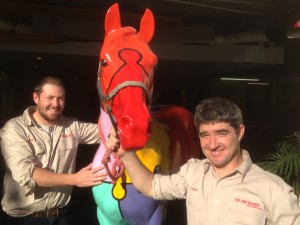
Leigh and Chris with Plunger
Help! Where does my Hot Water turn off?
“HELP!“
“My water heater is spitting out hot water and steam. Can you get over here Urgently?” “I don’t know how to turn it off and I think it’s going to explode!”
Monday morning brought a call from Deborah in Randwick. It sounds like a job for The Lone Drainer ……and Pronto.
Of course we were able to rescue Deborah. We replaced the water heater and the gas and water shut-off valves that controlled the unit. But, how many people don’t know how to turn off their water heater?
The image below shows where to shut off the water and gas supply to the heater. Why don’t you practice turning the water heater off when it isn’t urgent?
If you need help Call us 02 9664 4990
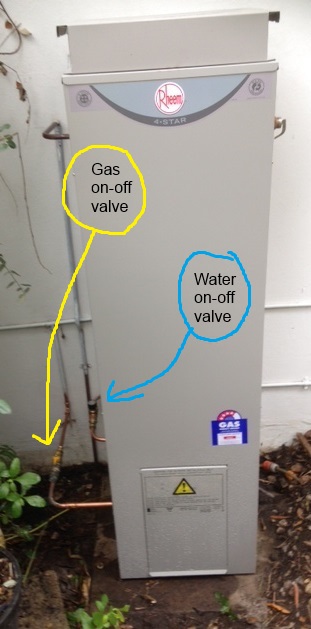
Stop Leaking Taps
As a plumber, the majority of house calls I make have to do with leaking taps. Obviously in most cases it is correct to call a plumber but some times we are called to houses to carry out a simple plumbing job that takes five minutes which could have easily been completed by anyone with a little know-how.
Here are a few pointers that can help to avoid problems like these:
- Treat taps gently. They should be turned off with thumb & forefinger. If you are having an arm wrestle turning your taps off, stop it!
- Try to repair a dripping tap if you can. Always turn the water supply to the house off first!
- Simple repairs can be done by anyone. Don’t forget the o-rings, tap washers, tap seats and fibre washers. Lubricate them all.
- There are so many types of taps available today, even the pros need to seek advice.
- There is no shame in not being able to repair a dripping tap. I have seen plumbers who are grown men cry over leaks like these.
Flush with Facts #3 Thomas Crapper
Thomas Crapper was a plumber in the second half of the 19th and early 20th centuries who founded his own company in Chelsea, London in 1861.
Contrary to popular belief, Crapper did not invent the flushing toilet; that is said to have been invented by Sir John Harrington. Crapper however did make several patents relating to drain improvements, water closets and manhole covers. His plumbing business was quite successful, and supplied plumbing to members of the royal family, a feat for which many incorrectly believed he was knighted.
Although he did not invent the flushing toilet, Thomas Crapper & Co did successfully market and mass produce them. As soldiers passed throughout England during WWI it is believed that the slang term “crapper” was created due to the Crapper & Co’s logo being displayed everywhere.

Flush with Facts #2
August is the month of the good toilet flush!
Did you know the dual flush toilet cistern was a 1980 Australian invention by Bruce Thompson, an employee of Caroma?
The dual flush toilet cistern saves 32,000 litres of water per household per year. In 2014 most modern toilet cisterns have an internal overflow tube, so if your float valve doesn’t shut off, the water runs straight into your loo, rather than overflowing onto the floor….. So the single flush toilet cistern should be a thing of the past!
Flush with Facts
August is the month of the good toilet flush!
Flowing sewer drains, my favourite topic in the whole wide world, is Not what I mean dear readers!
I’m talking about the toilet and the cistern; the little tank of water that flushes our loo.
So here’s 3 Flush Facts:
1. The toilet flush button is the most un-hygienic place in your bathroom.
2. A full toilet flush is more water than most people in the world use daily.
3. A leaking toilet cistern can waste up to 24 litres of water daily. That’s a whopping 2160 litres of wasted water in your quarterly water rates. And that’s from just 1 toilet cistern.
So, next time you are sitting and thinking………. Think about that!

Who turned off the hot water?
Who turned off the hot water?… That was the call today from the residents in a block of 82 home units.
Our clients shower tap was leaking; a 1/2 bucket of hot water every minute and needed new washers.
So, “Where does the Hot Water turn off?” asked The Lone Drainer. “I don’t know”, replied our client! What followed was a search for the hot water shut off in all the usual places; under the vanity basin…. no; under the kitchen sink…. no; in the bathroom ceiling…. no; what about the duct in the hallway…. no!
Next, The Lone Drainer called the maintenance manager’s mobile, courtesy of the Emergency Number notice in the foyer. When he finally responded, The Lone Drainer and Pronto already knew that the valves in the cupboard shut off all the units on the other side of the hallway, but not ours.
“The hot water shut off valve should be in that duct” said Al the manager. “It’s not!” said The Lone Drainer. “Any suggestions?”
“So you’re gonna have to shut down hot water for the whole building” says Al.
 Now there is a protocol for shutting down water to a building with 82 units at midday. Normally it’s a notice on the board and in the lift a couple of days in advance. Not today!
Now there is a protocol for shutting down water to a building with 82 units at midday. Normally it’s a notice on the board and in the lift a couple of days in advance. Not today!
I had Pronto go to the foyer and buzz every unit to tell those that answered that the hot water is gonna get turned off in 1/2 hour for about 1/2 an hour.
By the time we shut down the boiler, drained the building then removed the shower tap and re-washered it, replaced O-rings and lubricated the moving parts, put the tap back together and turned the boiler valves back on, an hour and 15 minutes had gone by. Luckily only 18 of 82 residents came looking for the reason they had no hot water on this cold Sydney day.
Moral of the story:
Know where your hot and cold water turns off…. And make sure it does! Now, that sounds like a job for The Lone Drainer and Pronto!
3 Tips for Healthy Hot Water
Who had a cold shower this morning?
Winter makes the need for hot water a high priority. If you think your heater is under performing do this quick water heater health check.
1. Check the colour of your water. If its brown, your water heater has a buildup of sediment or rust.
2. Check your Temperature and Pressure Relief valve (like the one shown below), pull the lever; it should spurt out water till you let go of the lever. If it dribbles afterwards, it needs attention.
3. Does the stop valve work? Try turning it off, test the water at your hot taps and turn it back on. Ideally it should stop the water flow through the heater.
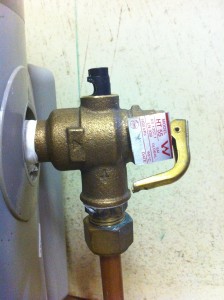
Whether your water heater is gas or electric, storage or continuous, check it regularly.
If your hot water runs out get your friendly plumber to check it over
Common pipelines; easements, ownership and liability #3

One recurring topic of 2023 is the Ownership and liability of common water, sewer and gas pipes.
When we send out an emergency response team to a ruptured gas or water pipeline or an overflowing sewer, the first thing our team thinks about is rescuing the property under threat.
Often, it is after the emergency, that ownership and liability of the problem are hotly debated.
This series of 3 blog posts is aimed at clarifying some of that debate and to read #1 click here and to read #2 click here
Our friends at the Law Reform Commission have helped to clarify this interesting subject and in part it says:
LIABILITY FOR COSTS
Role of the Water Board
An important and related issue that was raised in DP 22, in respect of utility services, is establishing liability for the repair and maintenance costs of common service pipes for individual users. The problem only really exists in respect of joint sewer services, because the Water Board will absorb the costs of repair and maintenance of water services (joint or single) within the areas of its operation. In those cases where the Board does not assume responsibility, it can still do the repair work itself and then issue notices for payment to the users of the service. The Water Board Act 1987 (NSW) does not contain any guidelines in respect of apportioning the costs of the work carried out.
The Water Board does not assume the same level of responsibility in respect of sewage services. A liability policy similar to the water supply policy (as discussed above) was considered for sewage services, but was rejected as too expensive. Where the Water Board is aware that work needs to be done on a joint sewer service, the Board will issue a defect notice requiring the users to repair the service within a certain period of time. Sometimes repair is ordered to take place within 24 hours, if the damaged service is deemed to be a health risk. It may also be the case that the users of that service realise that the service is in need of repair and attend to the repairs prior to receiving a notice from the Board.
Existing guidelines for apportioning costs
There are no guidelines to assist the owners in dividing the cost of repairs, although DP 22 argued that Regulation 9 of the Plumbing and Drainage Regulation (September 1989) could be interpreted as making owners jointly responsible for the maintenance of their water service pipe, sewer or storm water drain.8 Some users may argue that they were not responsible for any damage to the service and thus refuse to pay anything; other users may argue that the cost of repair should be divided equally, regardless of which users were directly affected, on the basis that the service is jointly owned; and others may consider the amount charged to be excessive and only wish to pay an amount they consider appropriate. Although a recommended rate may be obtained from the Master Plumbers Association, this rate is not a standard or enforceable rate and the final figure charged may be higher or lower depending on the circumstances.
In practice, one user (usually the person most affected by overflow from the blockage) often pays for the repairs and is then forced to seek contribution from the other users, and when payment is not forthcoming, he or she may be forced to litigate for the recovery of the money. Whilst a user may wish to claim equally against each of the other users of the service, it is difficult to prove what their contribution should be. A plumber may be retained to give expert advice about who or what caused the damage to the service. This lack of legislative direction stands in sharp contrast to the specific contributions that unit owners of a Strata Titles plan are required to provide by way of levy where maintenance and repair of the common property is necessary.
Common pipelines; easements, ownership and liability #2

One recurring topic of 2010 is the Ownership and liability of common water, sewer and gas pipes.
When we send out an emergency response team to a ruptured gas or water pipeline or an overflowing sewer, the first thing our team thinks about is rescuing the property under threat. Often, it is after the emergency that ownership and liability of the problem are hotly debated.
This series of 3 blog posts is aimed at clarifying some of that debate.
Our friends at the Law Reform Commission have helped to clarify this interesting subject and in part it reads:
A user of a service may attempt to disconnect the joint service and force other users of the service to bear the cost of a direct connection to the main service. Such action will however, be illegal unless conducted in accordance with the Water Board Act 1987 (Water Board (Plumbing and Drainage ) Regulation 1989),2 or a court order declaring that the common user of the service has a right to discontinue the service.
The creation of permanent rights of access is seen as a means of avoiding problems of access in respect of utility services, and applications have been made to the courts over the years to have access to and over utilities such as water pipes and sewers recognised as easements of necessity. The courts have, however, gone to considerable lengths to hold that although such an easement may be considered by a landowner to be essential for the reasonable enjoyment of property, it is not an easement of necessity, because at law, easements over such services are not considered necessary to the land itself.
Although DP 22 raised the possibility of statutory recognition of these “trespassing” services as a means of rectifying the problem, the Board of Surveyors pointed out in their submission that few authorities know with any exactitude the location of their service lines. Consequently, the Board of Surveyors opposes the creation of statutory easements over them until such time as they are properly defined on title. The Commission agrees that such a step may be expensive and premature at this stage. It would seem desirable however, that steps are taken in the long term by the relevant authorities to locate such services, properly record them and establish the appropriate rights over them.
Don’t play Noughts and Crosses when you have sewer problems
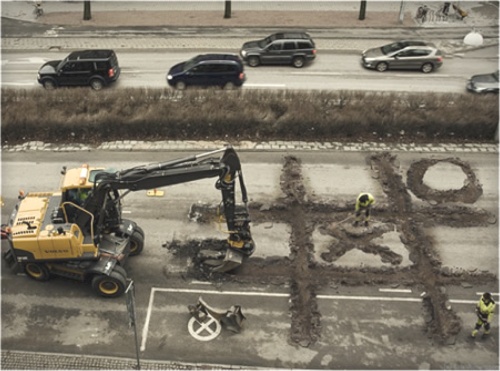
Today’s post comes courtesy of Dr Marc Dussault, The Exponential Growth Strategist. At his recent Exponential Business Building Bootcamp, he showed a series of “impossible pictures” from Swedish Artist Erik Johansson. This photo was of particular interest. This is what we want to avoid with the use of Vaporooter when tree roots get into and block your pipes and drains.
Common pipelines; easements, ownership and liability #1

One recurring topic of 2010 is the Ownership and liability of common water, sewer and gas pipes.
When we send out an emergency response team to a ruptured gas or water pipeline or an overflowing sewer, the first thing our team thinks about is rescuing the property under threat. Often, it is after the emergency that ownership and liability of the problem are hotly debated.
This series of 3 blog posts is aimed at clarifying some of that debate.
Our friends at the Law Reform Commission have helped to clarify this interesting subject and in part it reads:
In most cases, persons using utility services that pass through several properties benefit by the existence of an easement of access over that service, entitling the user to enter the property on which the service is located in order to attend to the service. However, in the absence of such an easement, the user of the service is not allowed to interfere with the service, even where that interference is for the purpose of maintenance, repair, or relocation of the service.
One explanation of why there may not be an easement is that the properties through which the service runs were once commonly owned. When the common ownership ceased, new owners may have failed to ensure that easements over water pipes or sewer lines existed for the particular part of the property they were purchasing. The problem may have arisen due to an assumption that such a right was simply transferred with the purchased property, or by an omission on the part of the conveyancer. Whatever the reason, the failure to create and register an easement has given rise to a number of lasting problems. These difficulties have been compounded by the general reluctance of the Water Board to impose on new purchasers a requirement to install costly separate connections. Many properties today do not have a viable means of creating a separate connection at reasonable cost.
My car is powered by sewage
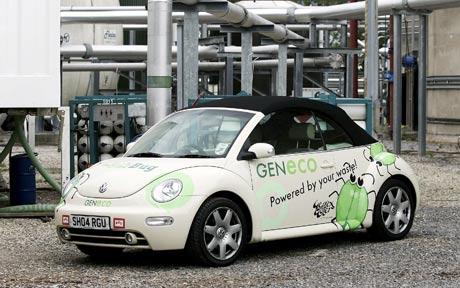
Methane powered beetle
This post was brought to my attention by the ever vigilant Richard Piper. When you ring our office for help you may speak to him. Tell him you enjoyed this post; I did!
Sewage powered VW Beetle hits the road in Bristol! A Volkswagen Beetle powered by gas from sewage has taken to the road for the first time in Britain.
This converted Beetle car runs on methane gas. The Bio-Bug was launched on Thursday by Wessex Water, which is generating methane from human waste at a sewage treatment works near Bristol.
The company claims the prototype is able to cover 10,000 miles annually on the waste from 70 households.
If the trial proves successful, Volkswagen will consider converting some of its fleet of vehicles to run on biogas.
Mohammed Saddiq, of GENeco, a Wessex Water subsidiary which runs the biogas plant at Avonmouth, said: “Our site has been producing biogas for many years, which we use to generate electricity to power the site and export to the National Grid. With the surplus gas we had available we wanted to put it to good use in a sustainable and efficient way. We decided to power a vehicle on the gas, offering a sustainable alternative to using fossil fuels which we so heavily rely on in the UK.
“If you were to drive the car you wouldn’t know it was powered by biogas as it performs just like any conventional car. It is probably the most sustainable car around.”
The Anaerobic Digestion and Biogas Association said the launch of the Bio-Bug proved that biomethane from sewage sludge could be used as an alternative fuel for vehicles.
Lord Rupert Redesdale, the association’s chairman, said: “This is a very exciting and forward-thinking project demonstrating the myriad benefits of anaerobic digestion (releasing energy from waste). Biomethane cars could be just as important as electric cars.”
Last month Volkswagen announced plans to conquer the green market with a new generation of hybrid and electric cars.
Washing machines & dishwasher maintenance
With 3 growing boys living at home who eat like there is no tomorrow, between playing rugby, cricket and doing patrols at Coogee Surf Club, we have plenty of dishes to wash up every day as well as laundry to do every day, so much so, that both appliances broke down at the same time!
Yes it happens to plumbers as well!
So we had our brightest plumbing apprentice just install a new dishwasher and washing machine and it made me aware of the importance of these water appliances and how we should maintain them.
1. Their hoses are rubber, so with hot water they perish and may rupture; so check them regularly.
2. Many people turn these control valves or taps off at the end of every wash. In our house that would be impossible.
3. Turn taps off when going on holidays. Don’t forget to turn them back on when you return.
Just recently, our emergency plumbers rescued a young mother who had been to Adelaide for three weeks. The hose feeding her washing machine ruptured causing many dollars worth of damage:
- Her washing machine shorted out electrically (needs a new machine).
- The laundry/bathroom was covered in mould from the steam (needs repainting).
- Assorted bits and pieces of furniture were damaged.
- The carpets in the hallway were waterlogged.
- The parquet flooring at the end of the hallway had buckled and would need major repairs, then re-sanding and staining.
- Not to mention the aggravation of removing all furniture and of course taking the young children away from the home for several days whilst these procedures were carried out. The fumes from the floor staining were intoxicating.
Antonio Gaudi water conservationist
Barcelona 2010
To visit Park Guell and see the home and creative brilliance of Antonio Gaudi is a special treat.
Gaudi created Park Guell for the citizens of Barcelona. It has gardens and homes with a view of the city and the Plaza.
The Plaza is a meeting place for the people of the city and the brightly coloured mosaic seating around the manmade plaza had a secondary purpose. The dry Mediterranean weather usually meant excess water used on something as soothing as a fountain for the citizens and visitors to the city was a waste of water. That didn’t phase Gaudi.
The water catchment created by the Plaza was a brilliant idea to collect any rainwater that fell, and through an underground filter and the storage system, the rainwater was then piped to the mouth of a Mosaic dragon lying in a garden with a fish and lily pond at the bottom of the beautiful staircase.
The ergonomic design of the seating around the Plaza, which was beautifully decorated in mosaics, was incredibly comfortable to sit back, relax and talk with friends and family.
Gaudi’s design allowed any water from those brief showers to fall to the back of the seating and then get channelled off quickly into a gutter on the outside of the seating and then dispersed to the dry garden areas below through a series of “spitters” hand carved in stone.
Absolutely Beautiful!

Park Guell Lion

Rain lions
A place for inspiration and relief
In previous blog posts on urinals and toilets, I showed you a field goal in a urinal that helped to reduce spillage, and also the infamous ‘fly in the urinal’ at Schiphol Airport. So once again, courtesy of Exponential Growth Strategist (http://www.ExponentialPrograms.com) Dr Marc Dussault (http://www.MarcDussault.com) here is another photo, this time of an unknown location in Amsterdam. This is just another example of how we can all take life a little less seriously and enjoy ourselves a little more.
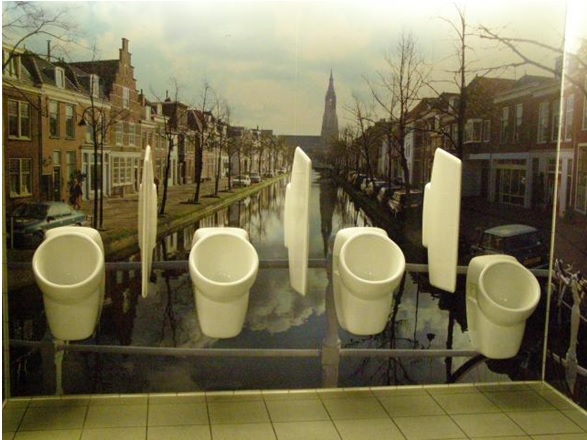
A place for reflection
The next time you come across an interesting bathroom or other plumbing related installation, please take a picture and forward it to me – this blog is a collaborative effort from people travelling all over the world to bring you a mosaic of photos, articles and facts that are curious, intriguing and fun.
Draining the “Coffee makers lane”
Our Venetian correspondent is at it again!
As you have seen in previous posts, Holy S – – T ! A Gondoliers impression and The latest sewer notes and history of Venice, Gio, the Venetian Gondolier, knows how much our readers love to see how waste water and sewer is moved around Venice.
Hey mate!
I’m so proud to be on the site that I decided to send you more stuff about Venice. Here is first of all a picture of my lane ” calle del Caffettier” ( the coffee maker lane) while a draining is on the go.
As you see on the first pic our local plumber has the drain hose on the left side of the lane with all the pipe going over the bridge.
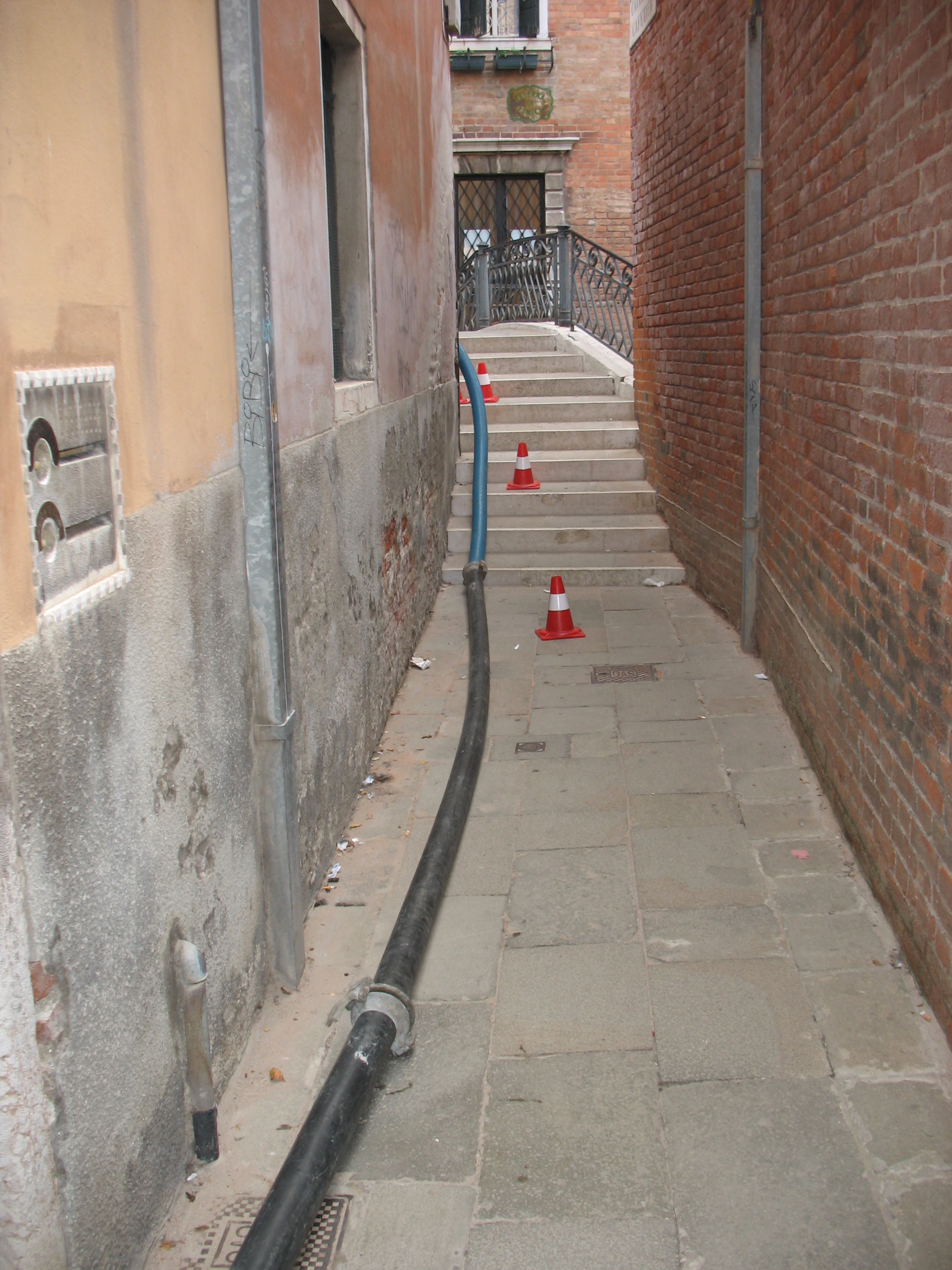
Venice pumping waste
Then you see how the pipe goes to the drain boat in the canal where it empties into a tank to be taken for treatment.
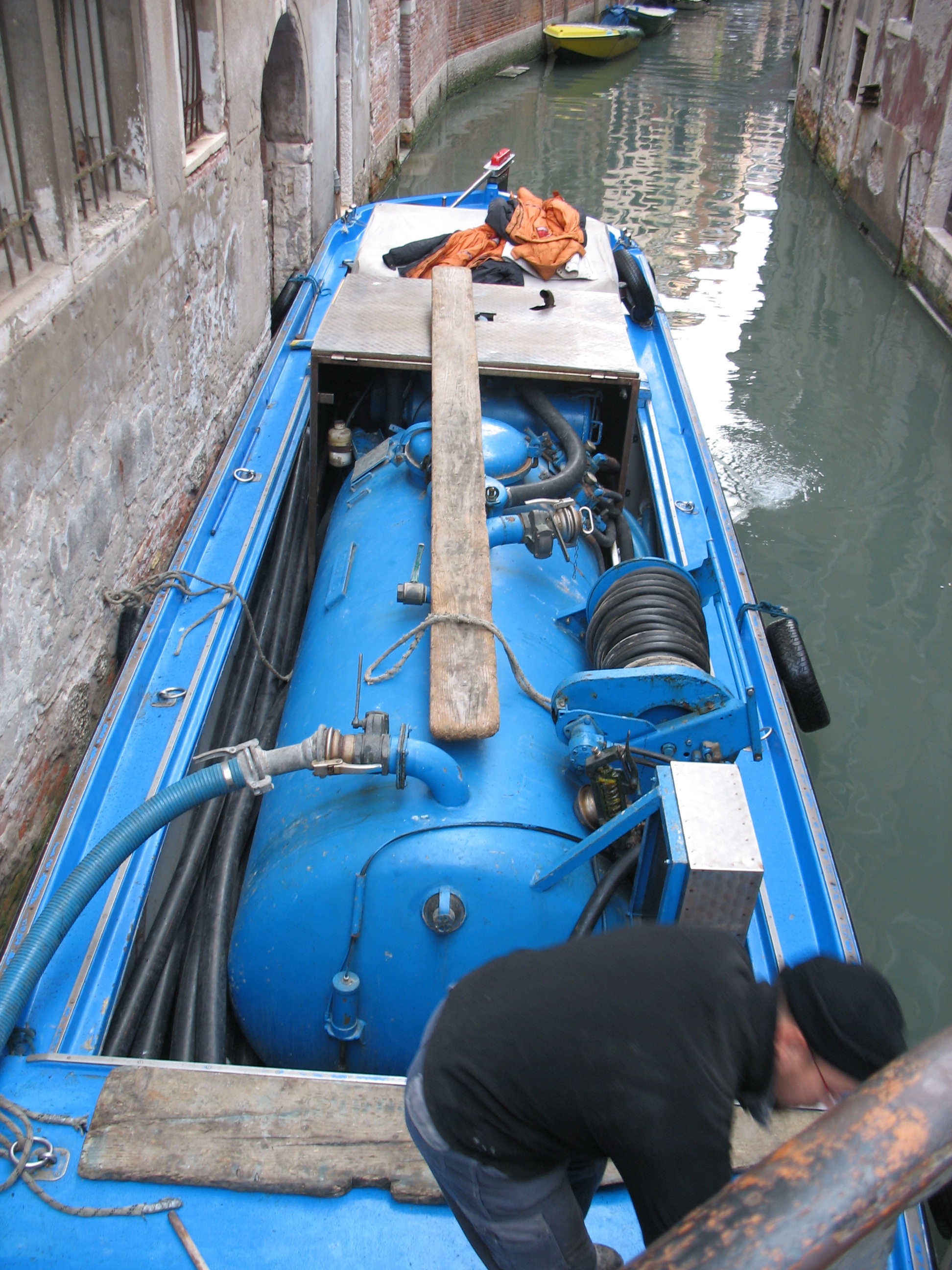
Venetian drain boat collecting waste
Then a picture of our proud fire patrol just after the draining of a boat that sunk because the owner did not drain the rain out…. shame!
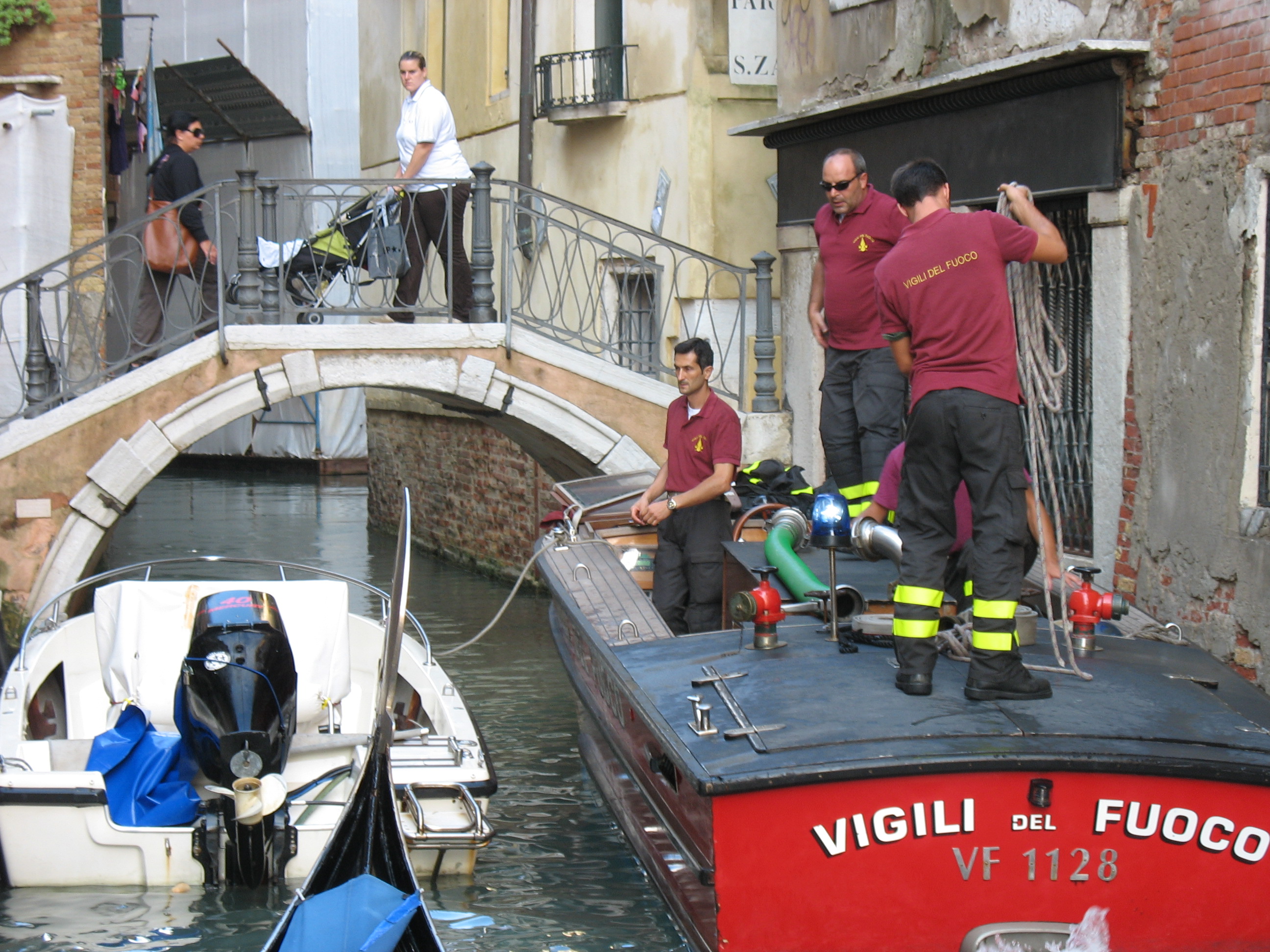
Venice fire team to the rescue
That is all my friend.
See the statue of our Lady on the top of the wall near my house? Isn’t it a corner of paradise?
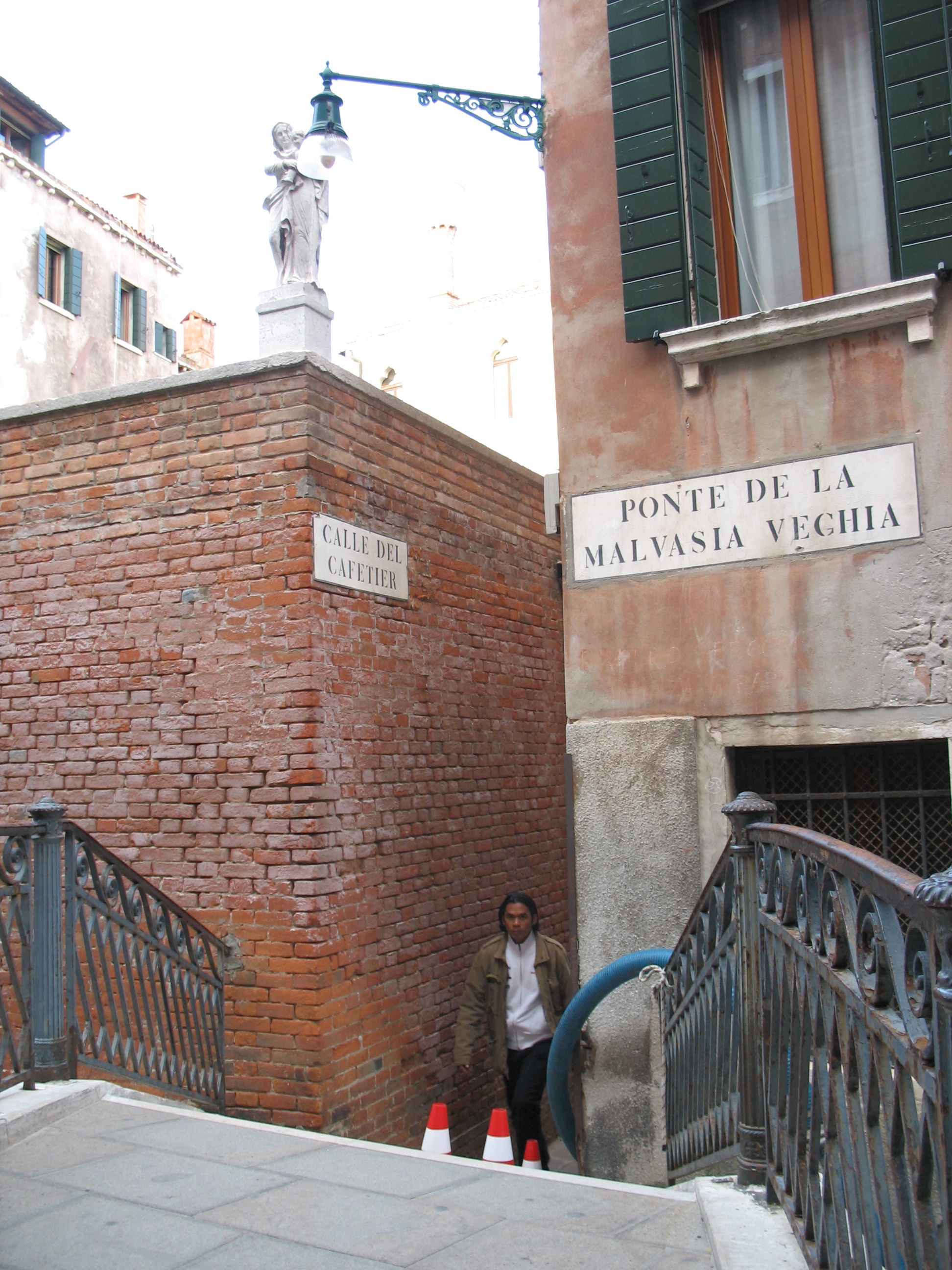
A special piece of Venice
Yes it is Gio. Thanks for sharing it with us!
Hot Water Heaters are Big ticket items $$$$
Do you know:
- Where is your hot water supply coming from?
- Is it electric or gas? Can you turn off the supply safely?
- The pressure relief valve (T&PR valve), usually near the top of the heater, should be eased quarterly; it does drip water under normal circumstances, but should not constantly be running.
- Turning your water heater off whilst on holidays saves electricity and gas. The unit will heat and cool whilst you’re away, wasting energy & your money. Turn it on when you return, have a coffee, unpack, say hi to neighbours etc. The water will be hot before you know it
- Don’t forget to shut off the water valve. Storage heaters are under pressure. My brother in law had his water heater burst about the time he boarded a jet for the islands. After 2 weeks, the damage to carpet, floorboards, furniture, paint added up – $$$$!
- Flexible water connections on the inlet and outlet of your water heater are dangerous. Check if you have them. If you do, I strongly recommend you have them removed and have the connections redone in copper tube and brass fittings. I guarantee these flexis will rupture and if they are indoors the damage they can cause is huge.
- Rusty water coming from the unit is a sign of age and potential disaster. Don’t ignore it!
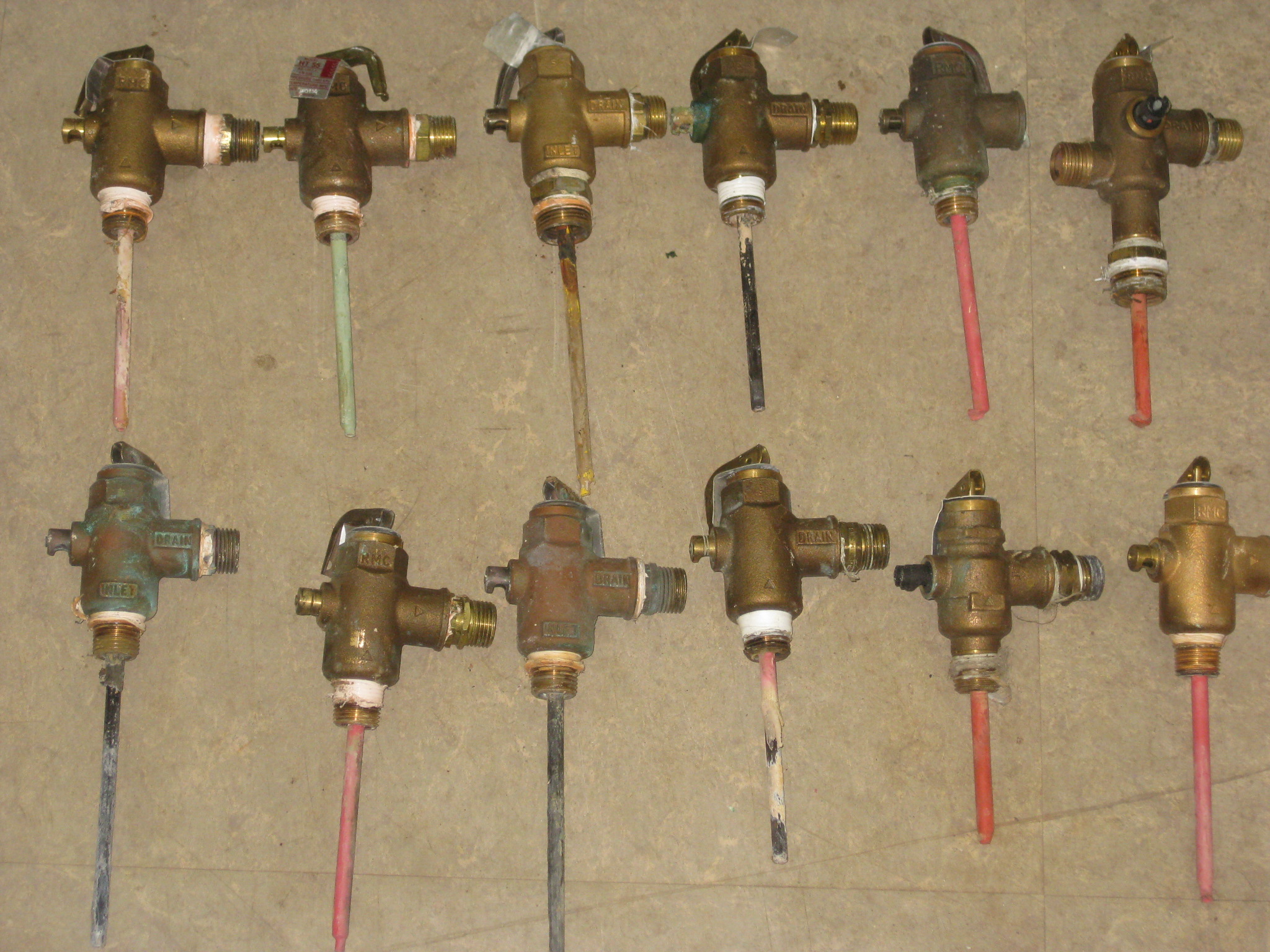
Temperature & Pressure Relief valves. Don’t forget to activate them.
More from Venice 2
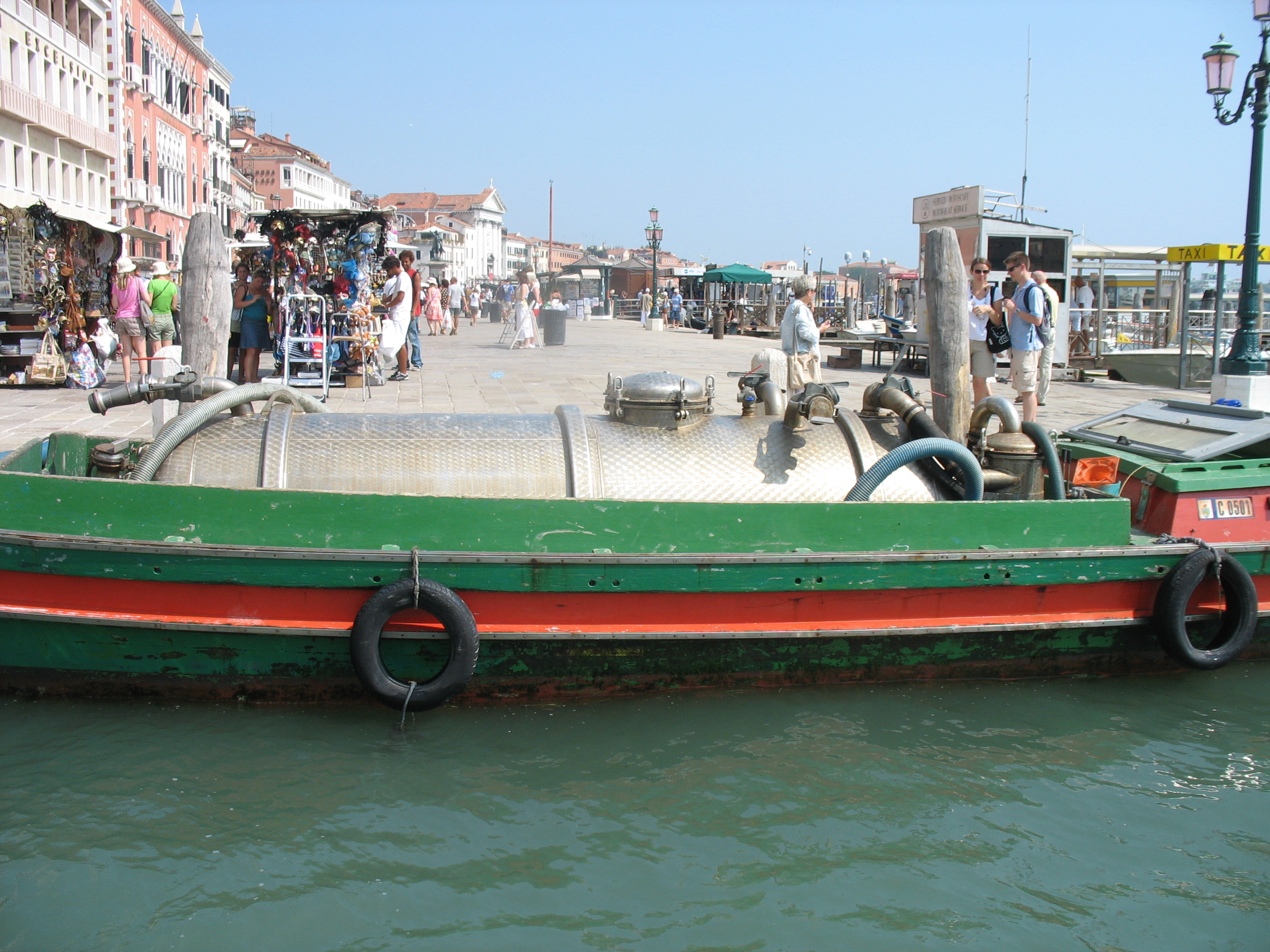
St Marco drain boat
Now Giovanni knows his way around the lagoon and the Grand Canal and all the other canals of the beautiful city of Venice.
His impressions of the sewers and sights of Venice along with his images of the way sewer is transported from the grand homes and palaces along the canals is always educational.
Apart from being a wonderful host and waterman, this excerpt from a recent correspondence underlines just how well our correspondent in Venice knows his way around his water bound city.
Hey Dave!
So can you imagine that Sophie the daughter of a friend from Evans Head, came to visit me in Venice?
Yesterday we had a great evening and this morning I had to wake up early ‘cause I had a commitment with a Norwegian novelist. He is writing a novel about somebody escaping from an island in the lagoon of Venice with a gondola, so he had to check out if it was possible for somebody to do it without knowing anything about a gondola before the moment of the escape.
I took him out on my gondola this morning at 8 for some research and now I’m back. I took these pics on the trip.

Gondolier at rest
So dear readers, this gondolier knows his S – – T.
Please enjoy some more images of Venice courtesy of Gio.
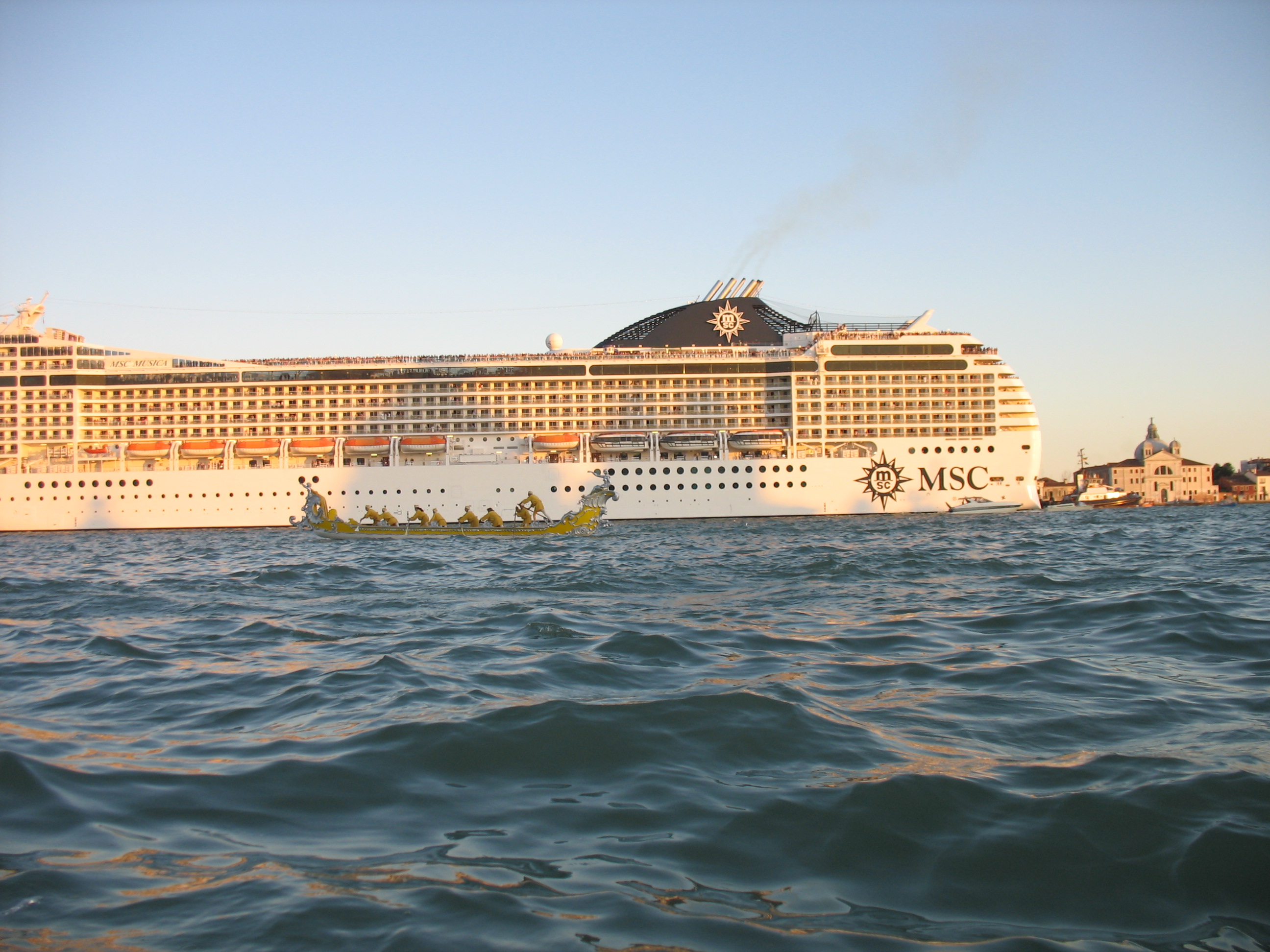
Cruise ship at anchor Venice
The latest sewer notes and history of Venice
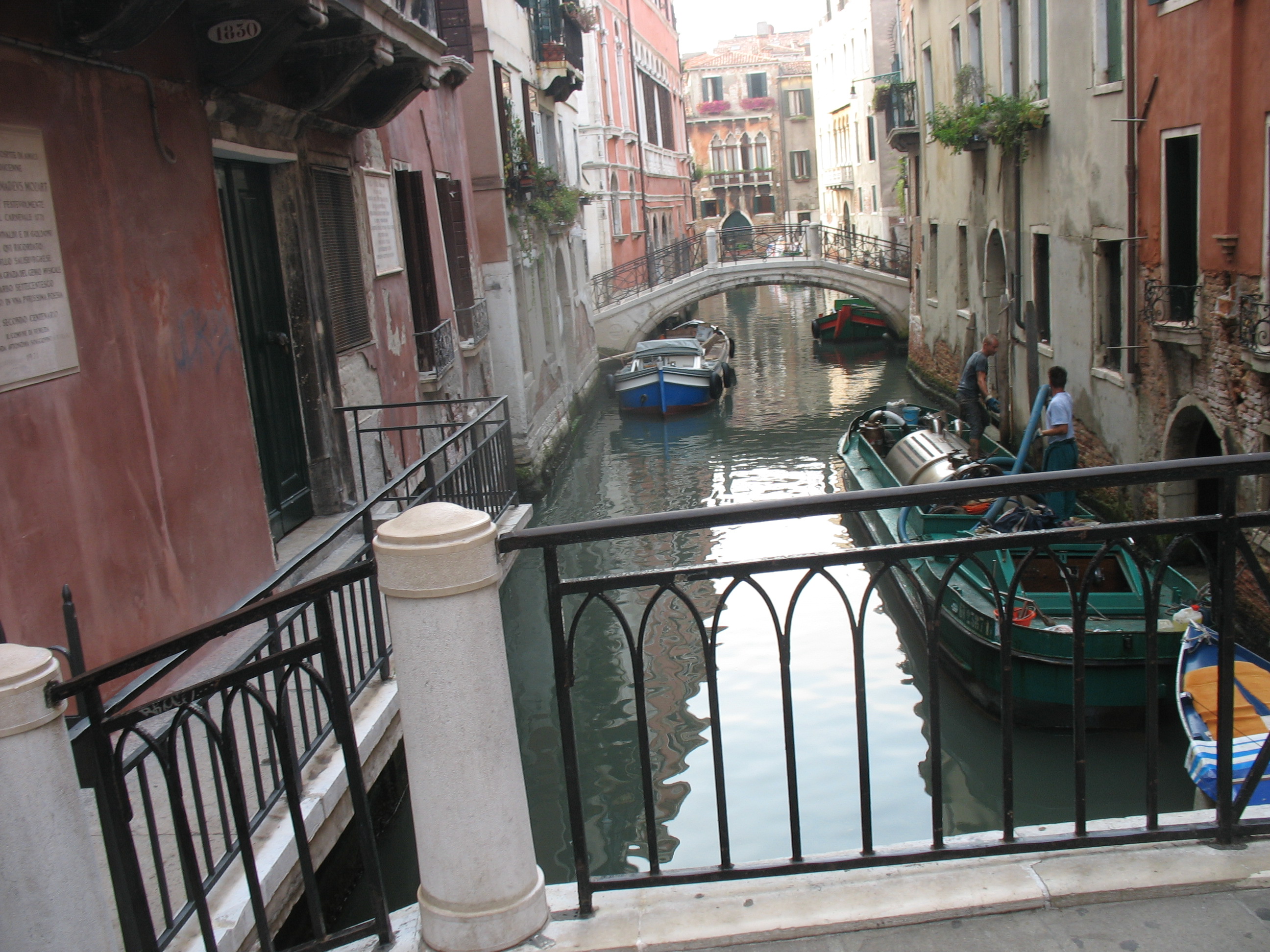
Mozarts neighbours get the drains cleared
More S – – T from Venice! The best part about this blog is sharing with so many people and getting your insights into my topic, S – – T.
Our knowledge of the sewers of the world grows.
Basically, we all use our toilets regularly and if you are not, then seek medical advice. Now I’m not going to get into anything unsavoury in this post, but I have a few toilet jokes and stories lined up for you in the future. So stay regular!
Our regular readers would have read about the world famous Venetian Gondolier my friend Giovanni Giudice in earlier blog posts like Holy S – – T. A Gondoliers impression.
Here in Australia, as we drift into the cooler months it’s spring in Venice and Gio has been keeping me up to date with some interesting facts about the sewer movements and the history of his home town.
Here is an excerpt from a recent communiqué:
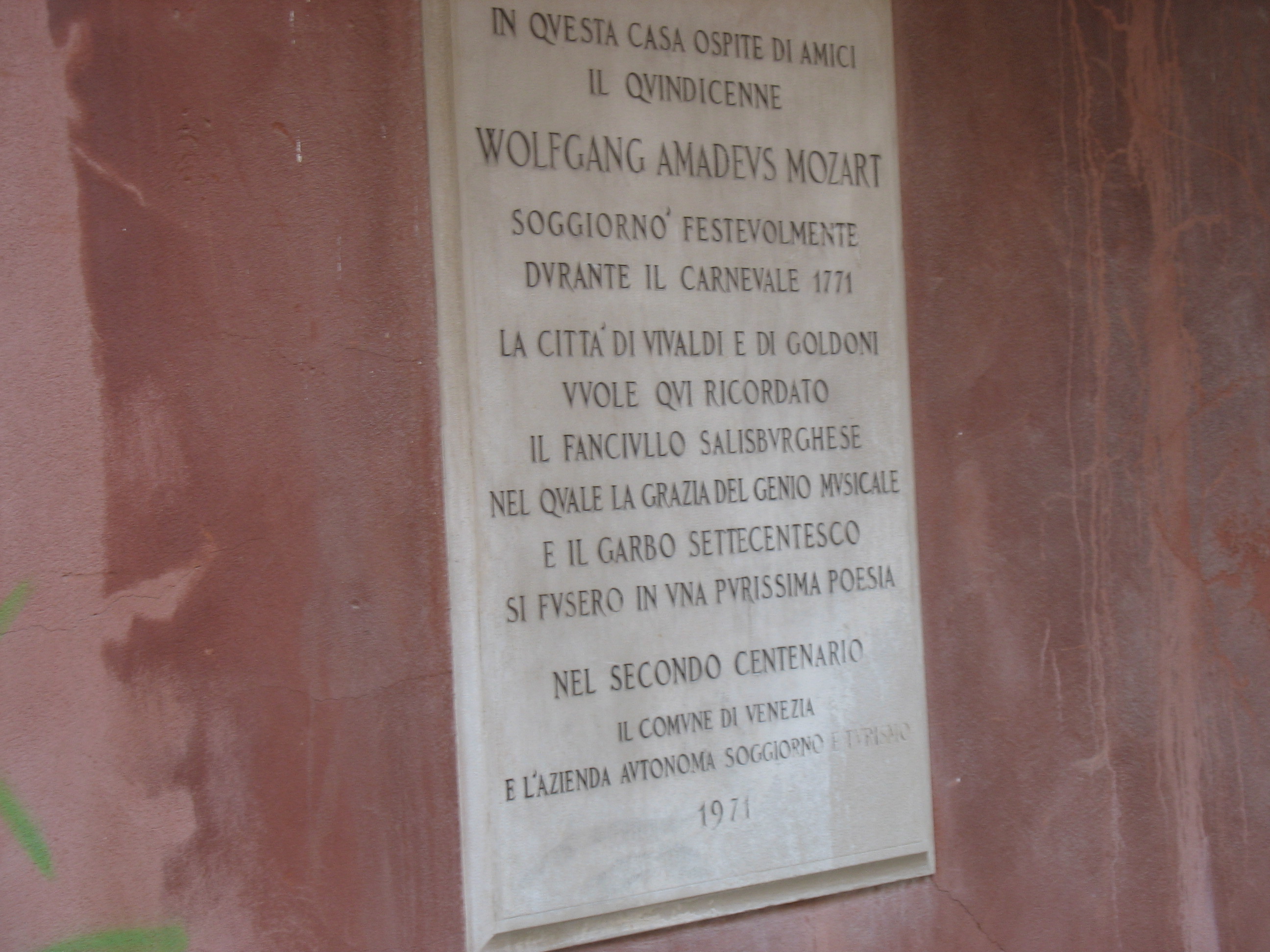
Mozart slept here!
Yesterday I took these pics of drain boats in the first one you can see how they get the pipes to the house. This house is just in front of the house where Mozart, Wolfang Amadeus Mozart, stayed when he came to Venice in the Carnival of 1771.
This is written on the marble white stuff you see. Probably there is still some Mozart S- -T!!
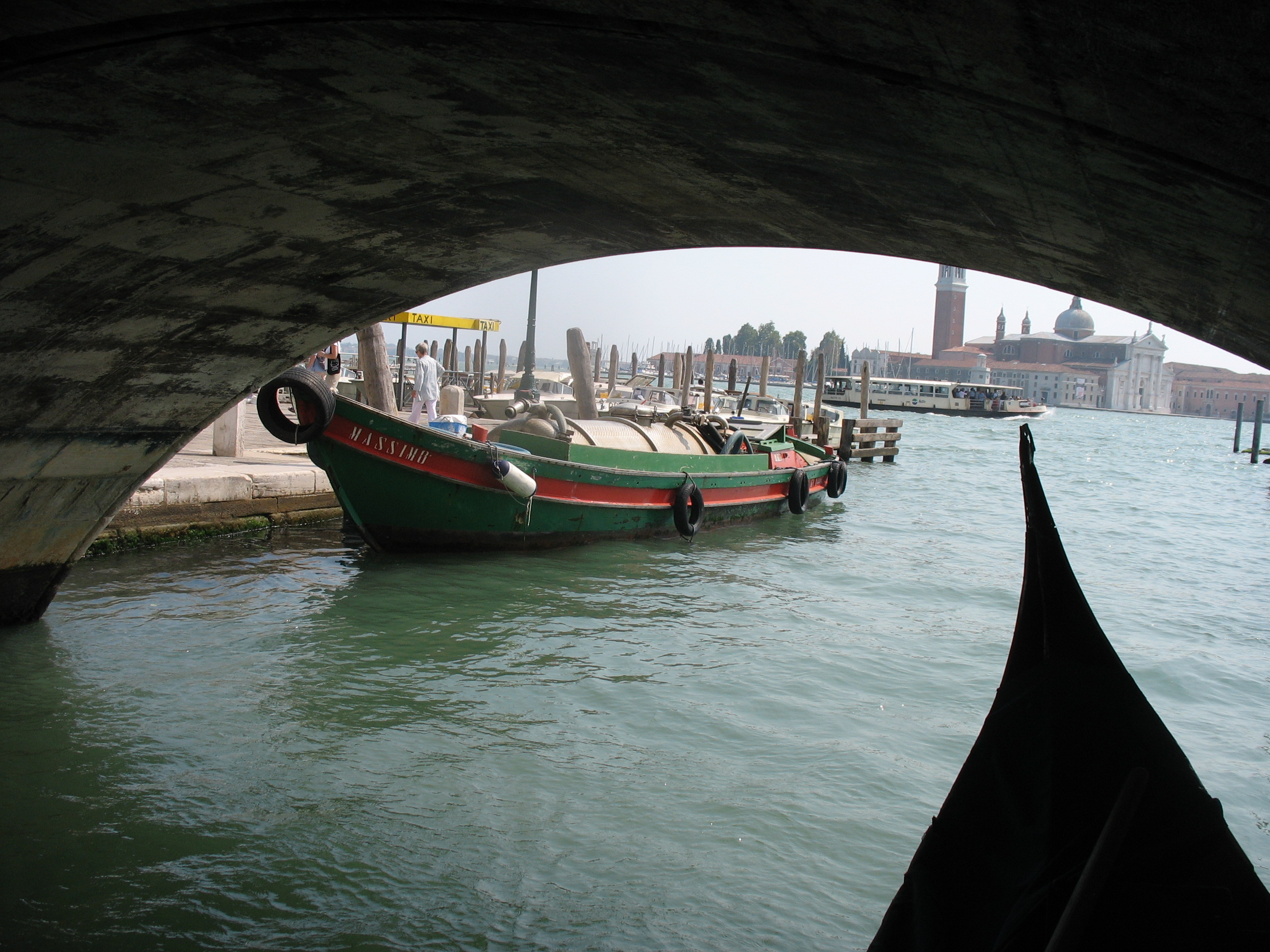
Drain boat at St Marco square
This pic is of another Drain boat in front of San Marco Square. As you see from the last picture, I have taken all these pics from my gondola. You can see I’m under the bridge and you see the back (stern) of my lady, my gondola.
Take care my friend,
Giovanni
If you are travelling to Venice and need a guide, look for Giovanni, he is the best!
7 easy ways to extend the life of your Water Heater
Have you found yourself in a situation where its winter and you head home for a shower after work, or after a rugby or netball training session, turn on the hot water tap and the water is cold?
There are many plumbing fixtures around your home, the bath or hand basin, kitchen sink, of course the toilet. Some homes, offices and small business have multiple toilets, showers and basins.
As we move into the cooler months the average hot water heater becomes more important for all these plumbing fixtures to work.
Its easy to take these often ignored assets in your home or office for granted, but some simple actions will prolong the life of your storage water heater.
Replacing your hot water heater can usually be unexpected and sometimes expensive, but in today’s fast moving world we can easily ignore this vital cog in our daily routine.
So be sure you are aware of the following:
- Where is your water heater? You need to know where it is!
- Is it gas or electric? You need to know!
- Can you turn off the gas or electricity?
- Can you turn off the water supply to your heater? Try it! Check this valve or tap works
- Is it a mains pressure storage heater or instant (continuous)?
- If it is mains pressure, have you released the Temperature and Pressure Relief valve (T&PR valve)?
- Keep the area around this heater clean and clear. Keep long grass, paint cans etc. well clear.
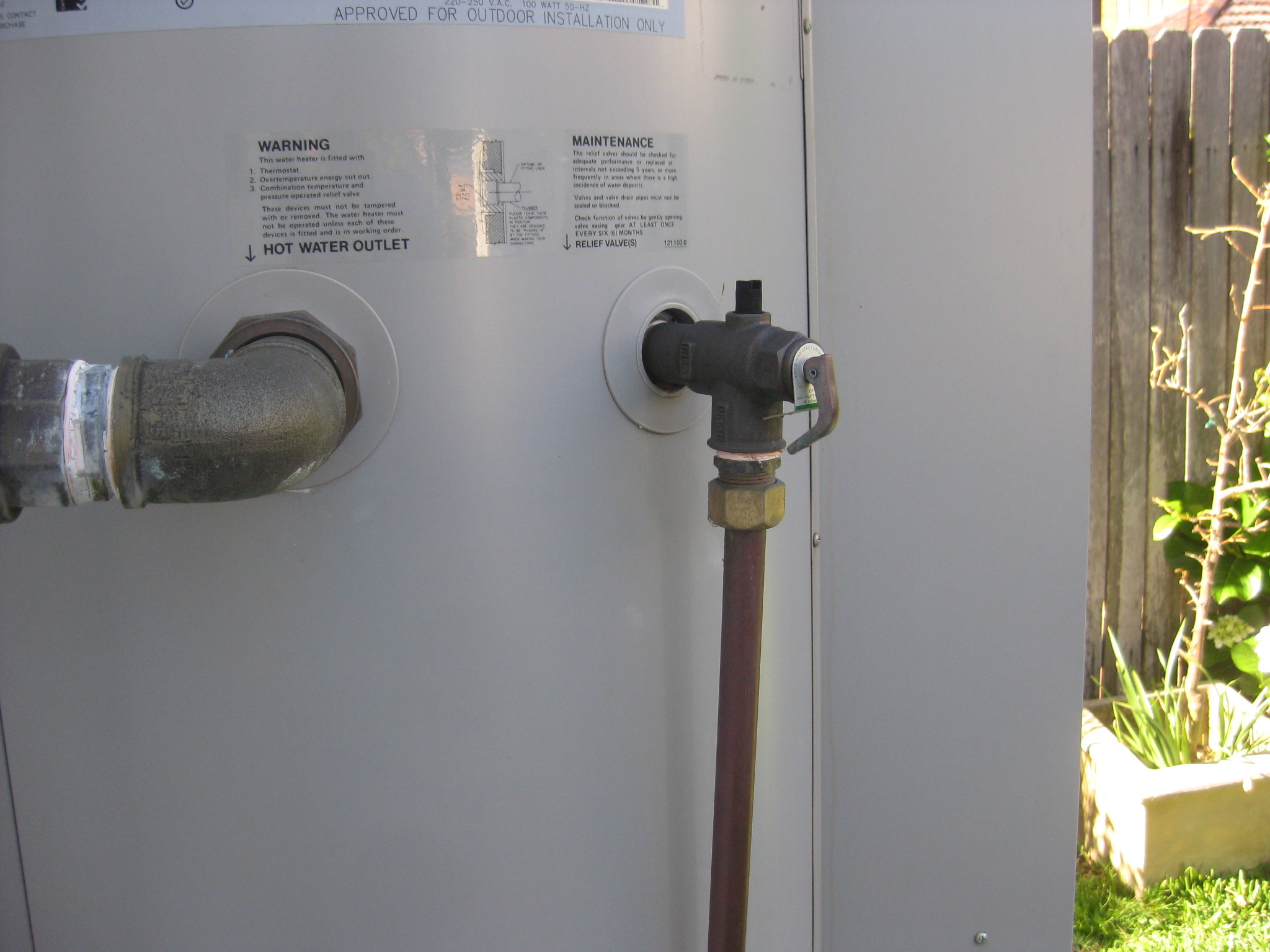
T&PR valve on mains pressure external gas water heater
See the “hook” on the Temperature and Pressure Relief valve, lift it and hold it up for 30 seconds at least every three months. If this is working properly, it will discharge the hot water whilst you hold up the hook, then stop when you let it go. It is normal for it to discharge water while the heater is heating. Then the water should stop! Be careful the hot water doesn’t scald you.
Our water heater is a friend, if you are ever unsure about how your water heater is performing, or have any questions about any of the things we have outlined here, contact a professional plumber for guidance.
Remember to engage a licensed plumber to attend to your hot water heater.
https://www.thelonedrainerandpronto.com.au/hot-water-services.html
Burst water hose floods house.
It’s Saturday night in the city and we received an emergency call from a long term client, “HELP we have a tap over the kitchen sink that is leaking lots of water and flooding our kitchen.”
Now on a Saturday night, this sounds like a job for “The Lone Drainer and Pronto“! We were at the house within 30 minutes to repair the leaking tap!
The kitchen sink mixer tap had exploded, gushing water everywhere, and our clients who were having a peaceful dinner, could not turn the water off!
The 2 valves controlling hot and cold water supply to the kitchen sink flickmixer style tap, and the water meter at the front of the property could not be turned off. Both the taps had seized and the water just kept running out all over the kitchen!
Plumbing Products – Bio-Clean and Vaprooter
Plumbing Products Have Come a Long Way: A Look at Some Products and Their Benefits
Sir John Harrington, the godson of Queen Elizabeth I made a new invention for his godmother: Sir John created the flush toilet and built it for his godmother. This all took place in 1596, according to history records.
Alexander Cummings obtained the first patent for a flushing toilet in 1775. Toilets started gaining popularity, and a city wide sewer system was constructed to handle the flow of refuse. As science advanced, it was recognised that poor sanitation caused diseases and in 1880 the officials of the day decided that toilets and sewer systems were not luxuries but priorities to control human waste and disease.
Jumping to modern day plumbing, the innovations and possibilities are endless when you have plumbing services like The Lone Drainer and Pronto, experts in the field of plumbing with 40 years combined experience. Any type of renovation, plumbing emergency or plumbing need can be taken care of with just one phone call to The Lone Drainer and Pronto.
Sewer lines brought whole new problems to society that had not been faced before. Many old trees had roots that sometimes stretched for a block. These roots invaded the sewer lines because the roots are attracted to the plumbing pipes where they find a constant source of moisture. Today there is a product that eliminates this problem for you. Vaporooter is 100% safe and has been used successfully for more than 40 years. Paying for repairs is much more expensive than using Vaporooter to prevent the problem in the first place. Vaporooter stops tree root blockage from occurring.
Are you tired of having plumbing problems where roots have crushed, cracked or blocked your sewer pipes? It gets very expensive trying to keep up with repairs. So call The Lone Drainer and Pronto plumbing services and get insurance on your drains with Vaporooter.
Older homes with older pipes can produce a foul odour, but there is a way to solve that problem. The plumbing services of The Lone Drainer and Pronto have a product that will solve this problem for you faster than you could have ever imagined. You will no longer have to be embarrassed about the odour coming out of your pipes when you use Bio-Clean. This environmentally friendly bacteria waste eliminator will get your pipes spotless and odour free. What a relief it will be to walk into your home and smell the cut flowers instead of sour old pipes!
Bio-Clean performs several functions such as cleaning out the hair in the drains and pipes, and dissolves paper and cotton without using toxic chemicals. This environmentally green solution to an ageless problem is safe, will clear most of the obstruction in the drains and pipes and will not damage your pipes and/or fittings. Bio-clean is friendly to your plumbing pipes and drains.
Just what is your peace of mind worth when the plumbing goes on the blink and the missus is upset because your drains are blocked? Call The Lone Drainer and Pronto, and keep the peace in your household with Vaporooter and Bio-Clean.
Sydney Plumbers love our drinking water!
The interest over the new Sydney water desalination plant just continues to grow.
After blogging 2 weeks ago about the taste of our drinking water, a topic that is very important to me, we have been contacted by lots of people who also have an interest in our Sydney drinking water. I believe we have here in Sydney Australia, one of the best water supplies in the world and now that we have the Desalination plant, it does secure our drinking future.
Most of our clients have shared with us their thoughts on the flavour of our drinking water, the colour of the water, the taste and smell of the water; and you are all correct.
Just make sure, if you have leaking taps or running toilets, you have them repaired as soon as possible.
Save water where you can and keep drinking water. It makes you feel alive!
How to Prolong the Life of Your Mains Pressure Hot Water Heater
The lifespan of a water heater is about eight to twelve years, depending on whether it is inside or out, near the ocean, or you carry out simple maintenance procedures. Modern tanks are lined with steel, and this lining can break down over time.
Here are some tips to prolong the life of your mains pressure hot water heater.
- Installing a second anode rod prolongs the life of the water heater. The anode rod undergoes corrosion as time moves on and collects this corrosion in order to prevent so much corrosion in the tank.
- A pressurised system needs a Temperature and Pressure Relief valve to be working effectively in order to prolong the life of the water heater. As water heats, it expands and needs somewhere to go. A T&PR valve will prevent stress on the water heater and the hot water plumbing system by taking the discharge.

Ease this valve regularly
- Annual flushing of an older tank will help keep it working and prevent sedimentary build-up inside the tank. Newer tanks are often self-cleaning; they may cost more but are able to last for many years to come.
- Very high water pressure can damage your appliances and cause the water heater to wear out too early. Installing a pressure limiting valve regulates system pressure and reduces the wear and tear on your hot water plumbing and your appliances.
- Scaling is a big problem for water heaters in areas where the public water systems have excess mineral contents. In many instances a water softener is the answer to this problem. The water softener reduces wear and tear on the water system and helps your soap suds up better.
Should your water heater stop working for you, be sure to call in emergency plumbing services and restore the hot water supply back in your house. The Lone Drainer and Pronto plumbing services have an emergency plumbing services number where you can reach a professional plumber twenty four hours a day to take care of any problem you may be having with the plumbing. NEVER attempt to do it yourself as you do require a qualified plumber to assist you in this situation.
Follow the suggestions mentioned and prolong the life of your mains pressure hot water heater. You want the hot water heater in your home or business to perform exactly as it should at all times. By taking care of the water heater and making sure you cover most of these things, you will save yourself the expense of replacing a whole system or the frustration of not knowing just what to do when the whole thing seems to be under performing or even leaking.
It is never nice to have a plumbing emergency, but in the unfortunate circumstance that you do, it is good to know that emergency plumbing services are available. Many reputable companies will come back the next day with a follow up to make sure that everything is working the way it is supposed to, as well as to make sure that there are no more immediate problems that could potentially shut your water off for an extended period of time.
When you have to choose a regular plumber, be sure that they have plumbing services for any emergency and reasonable charges for their plumbing services. They should also give you a price for the job upfront, before they start.
https://www.thelonedrainerandpronto.com.au/hot-water-services.html

